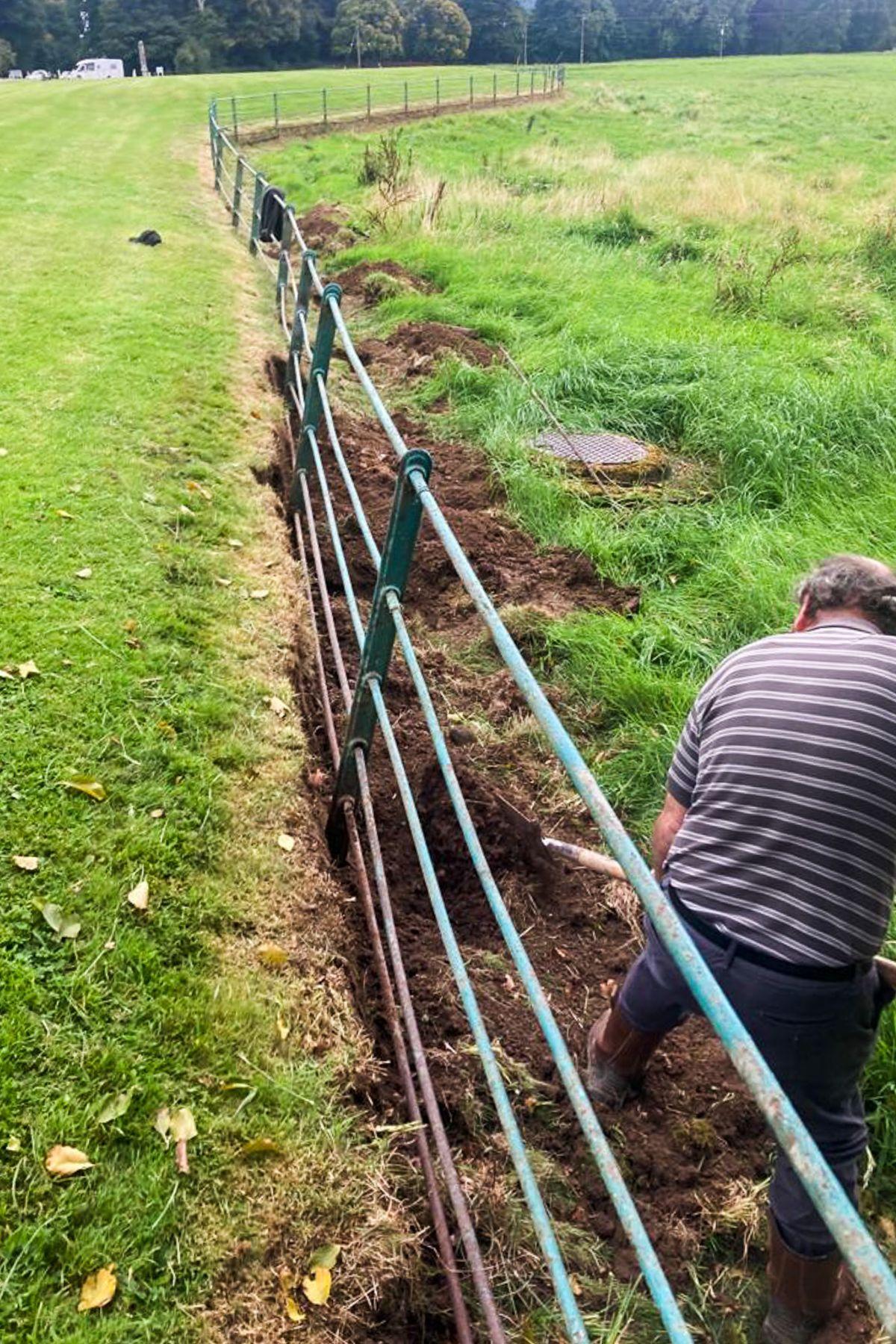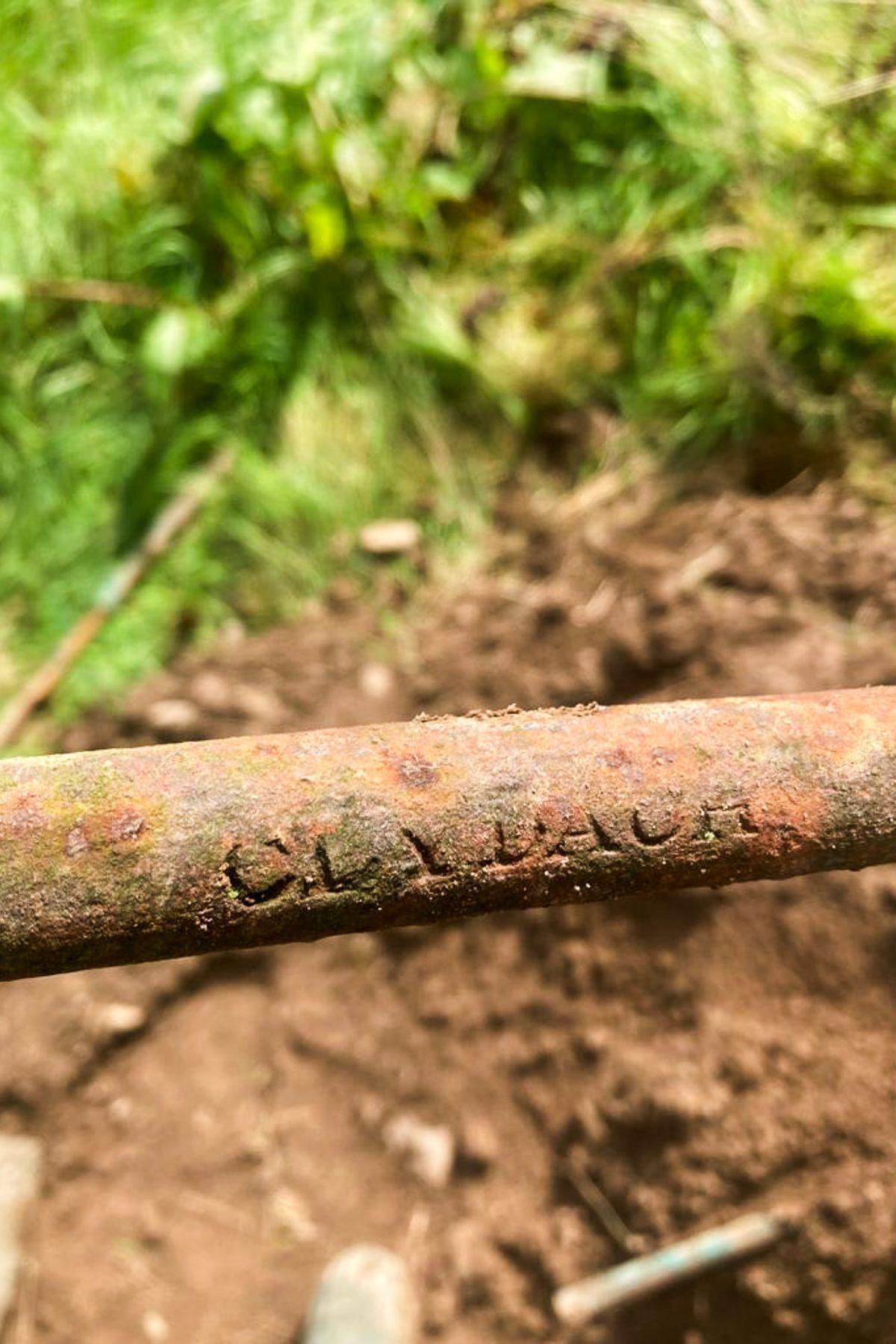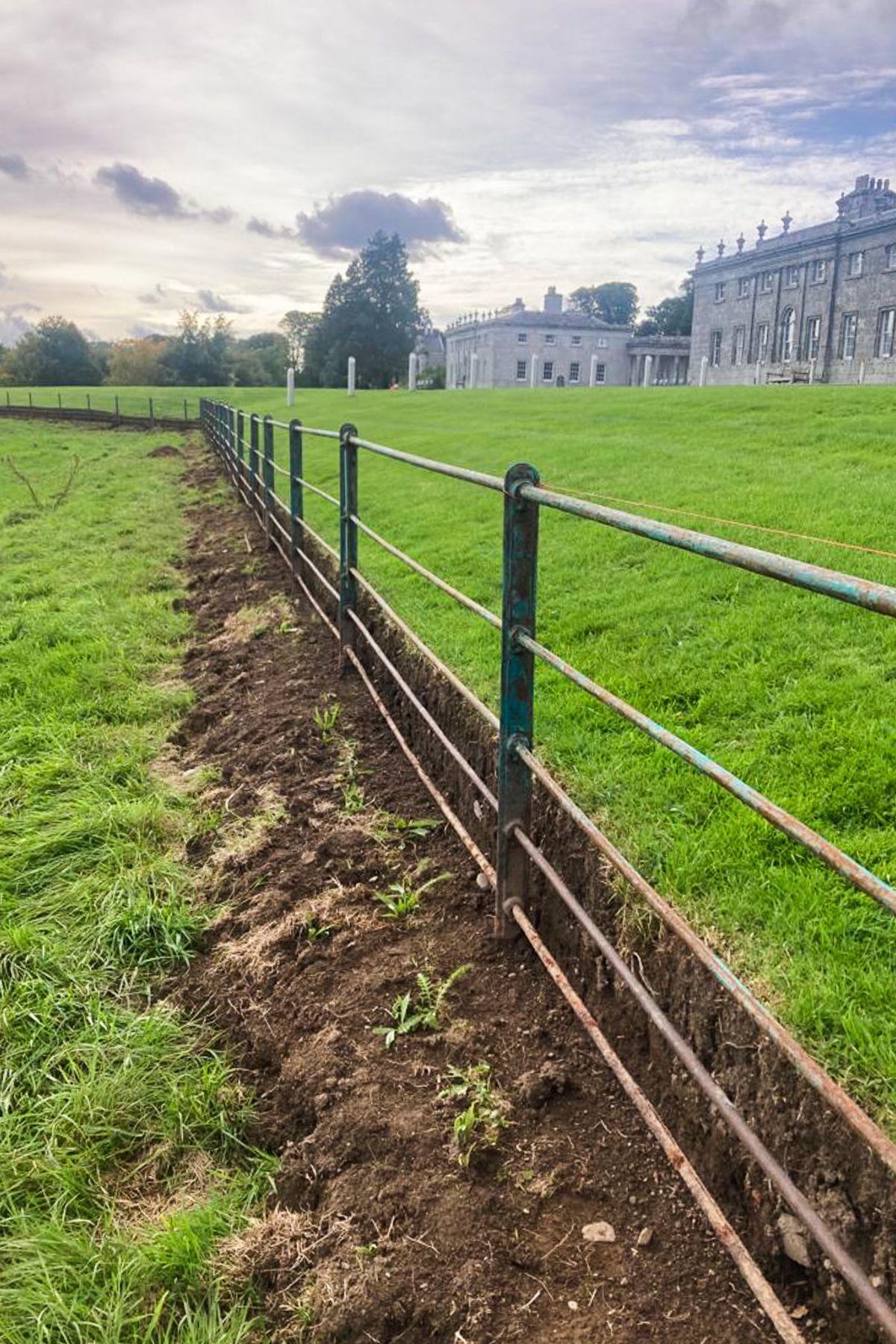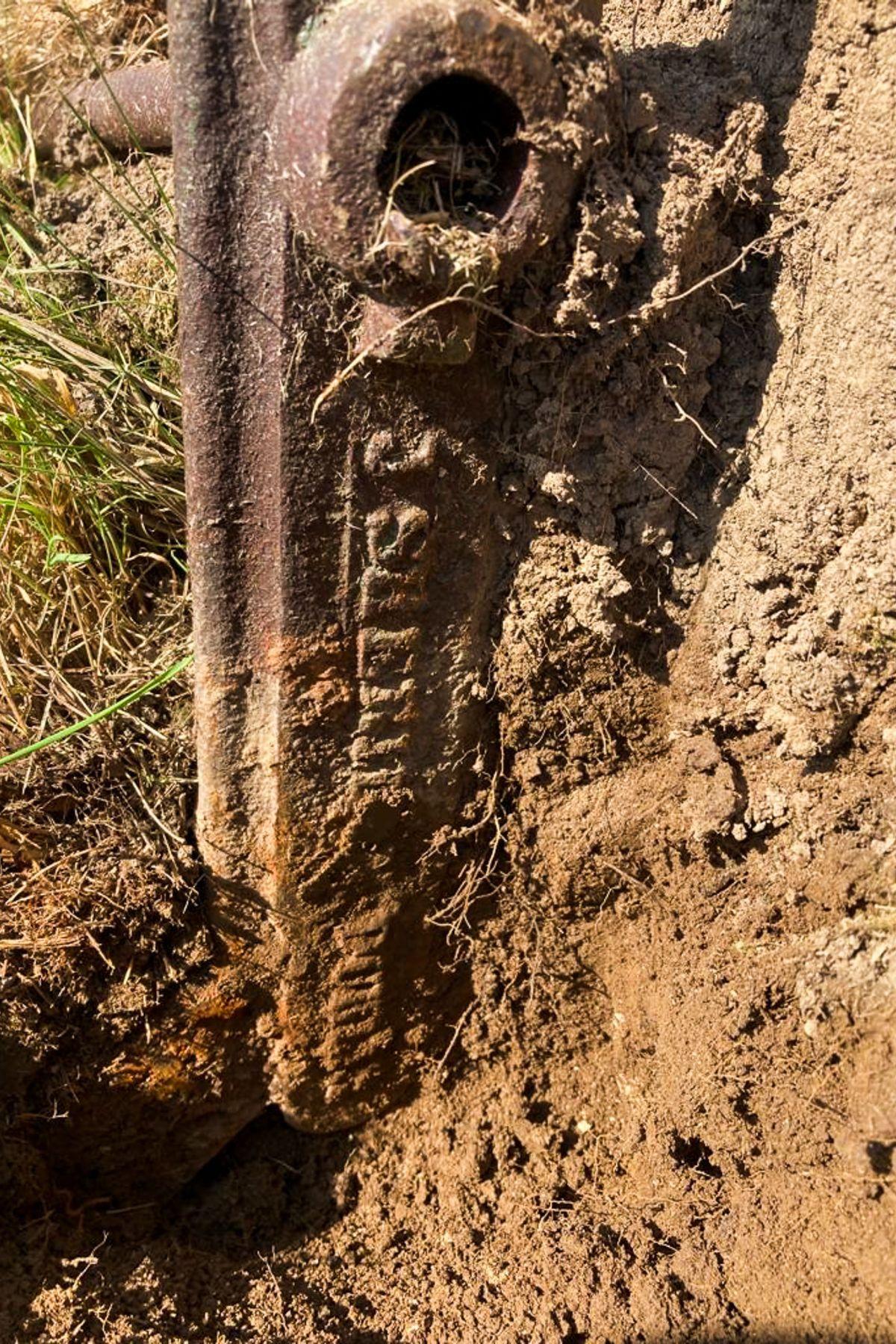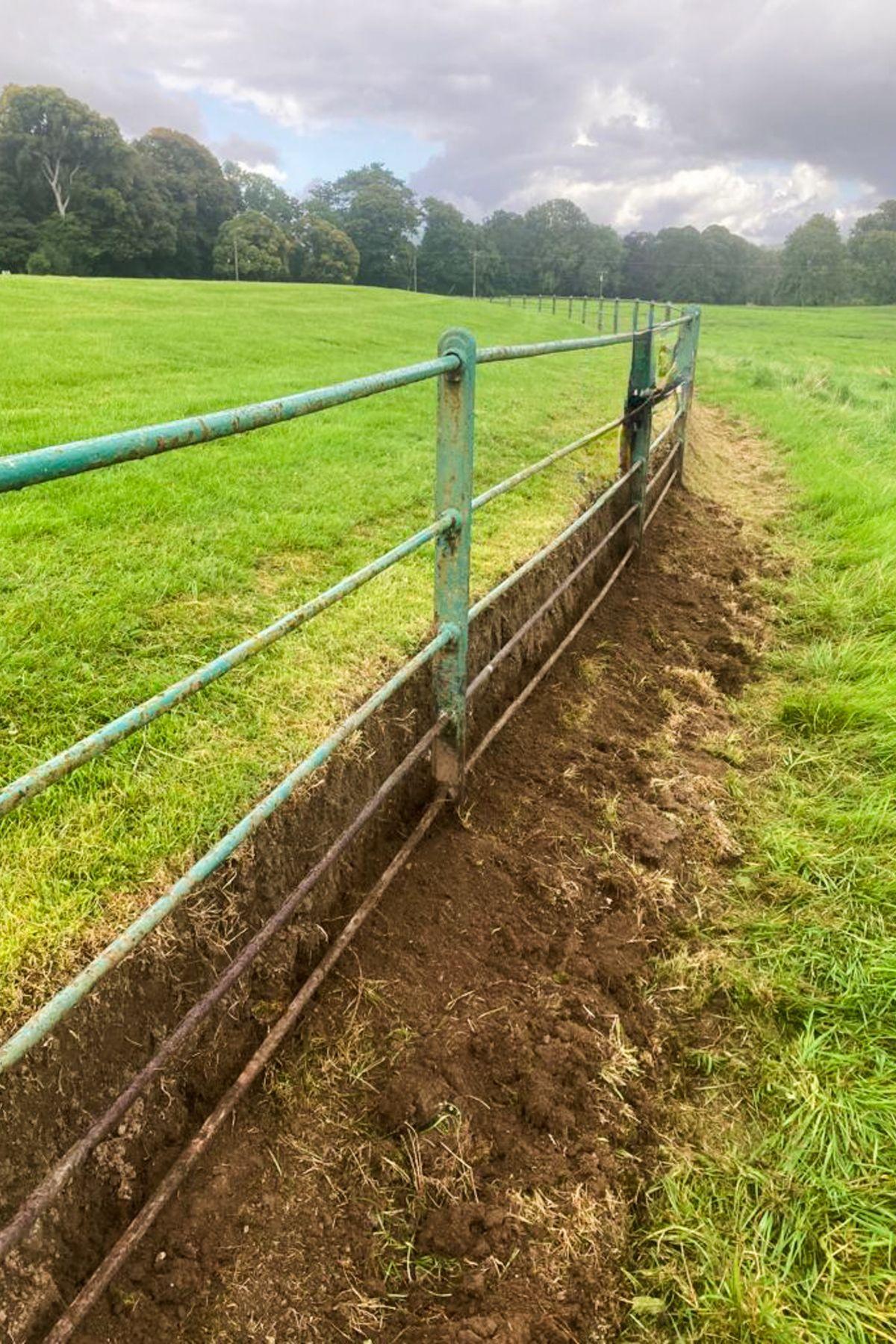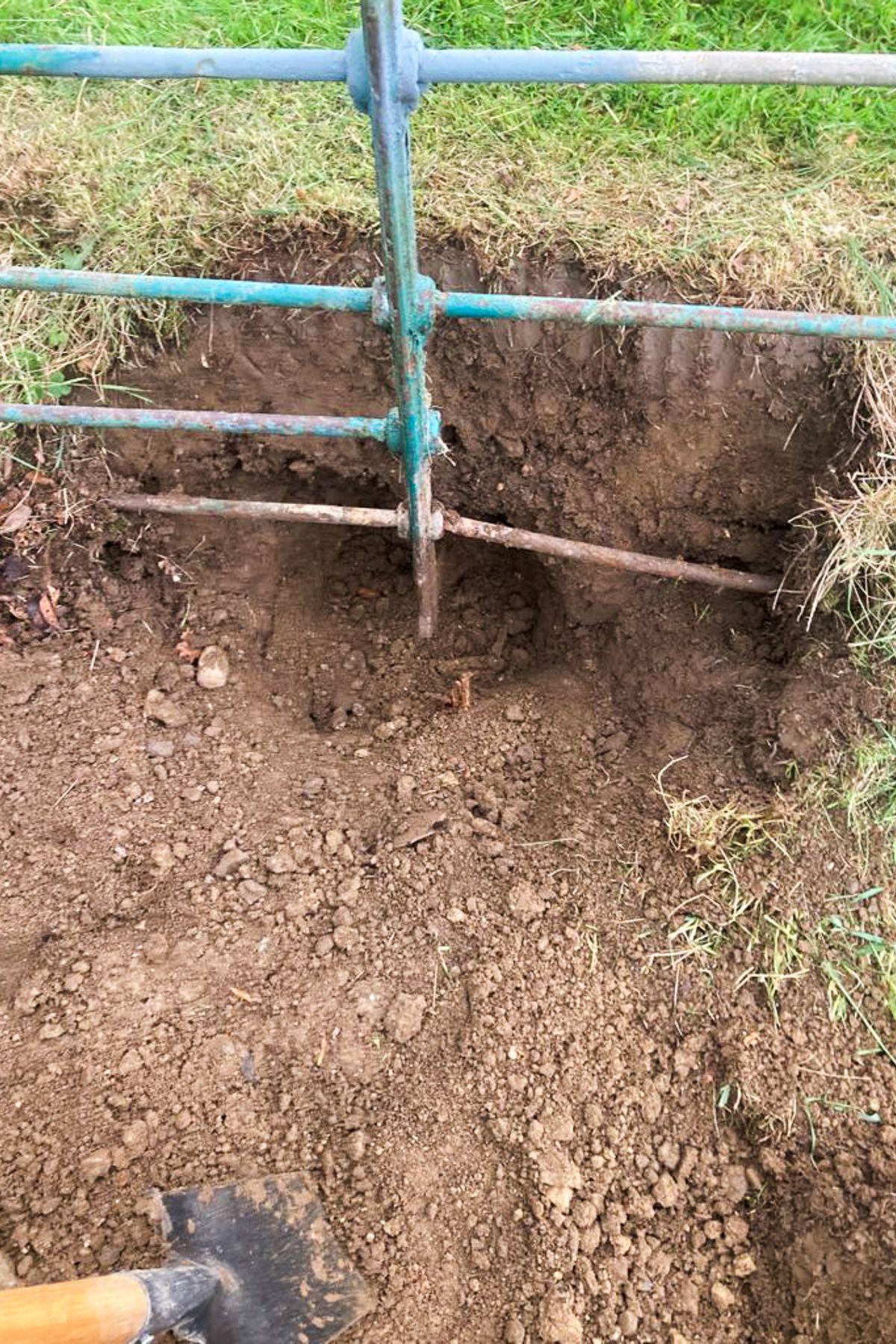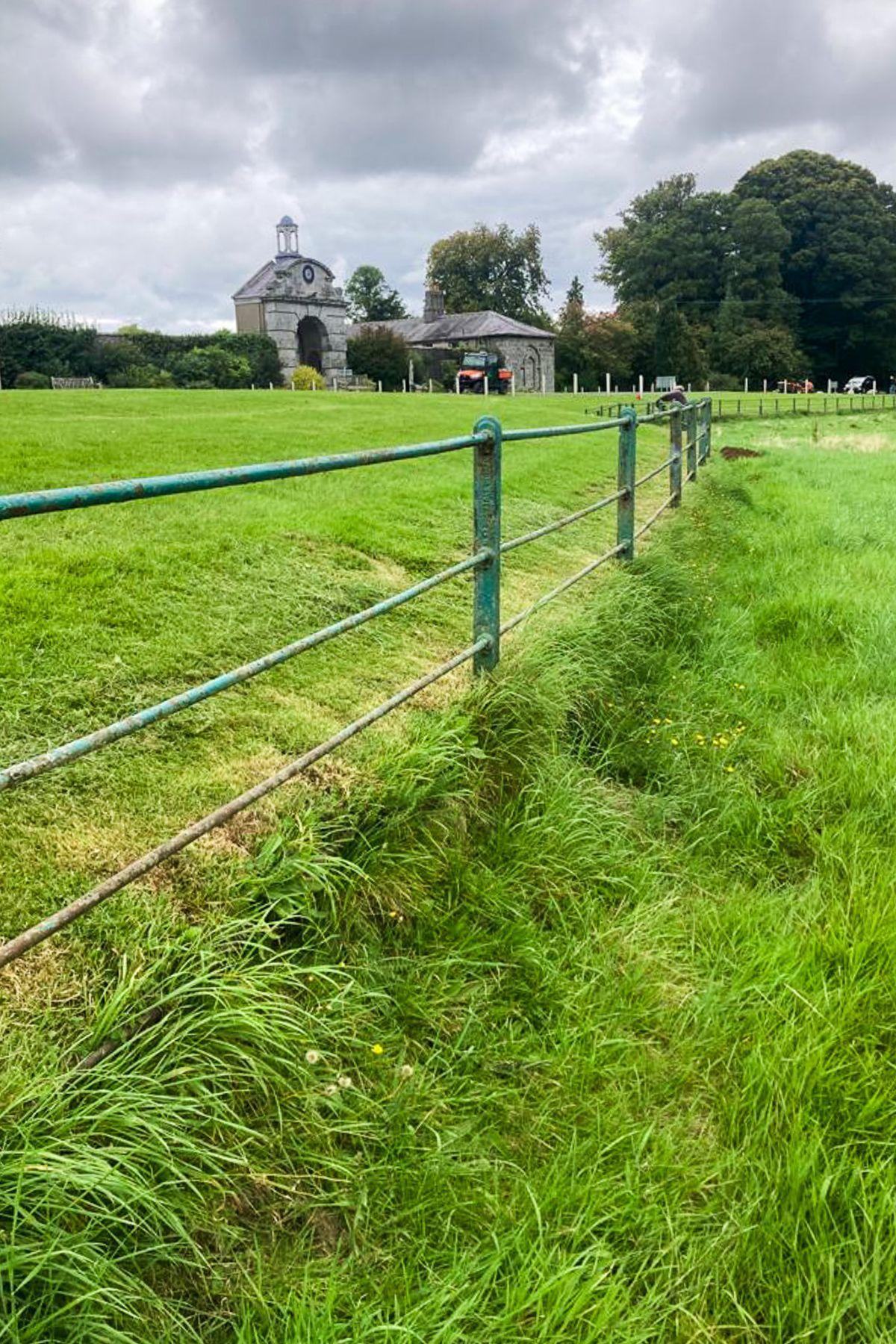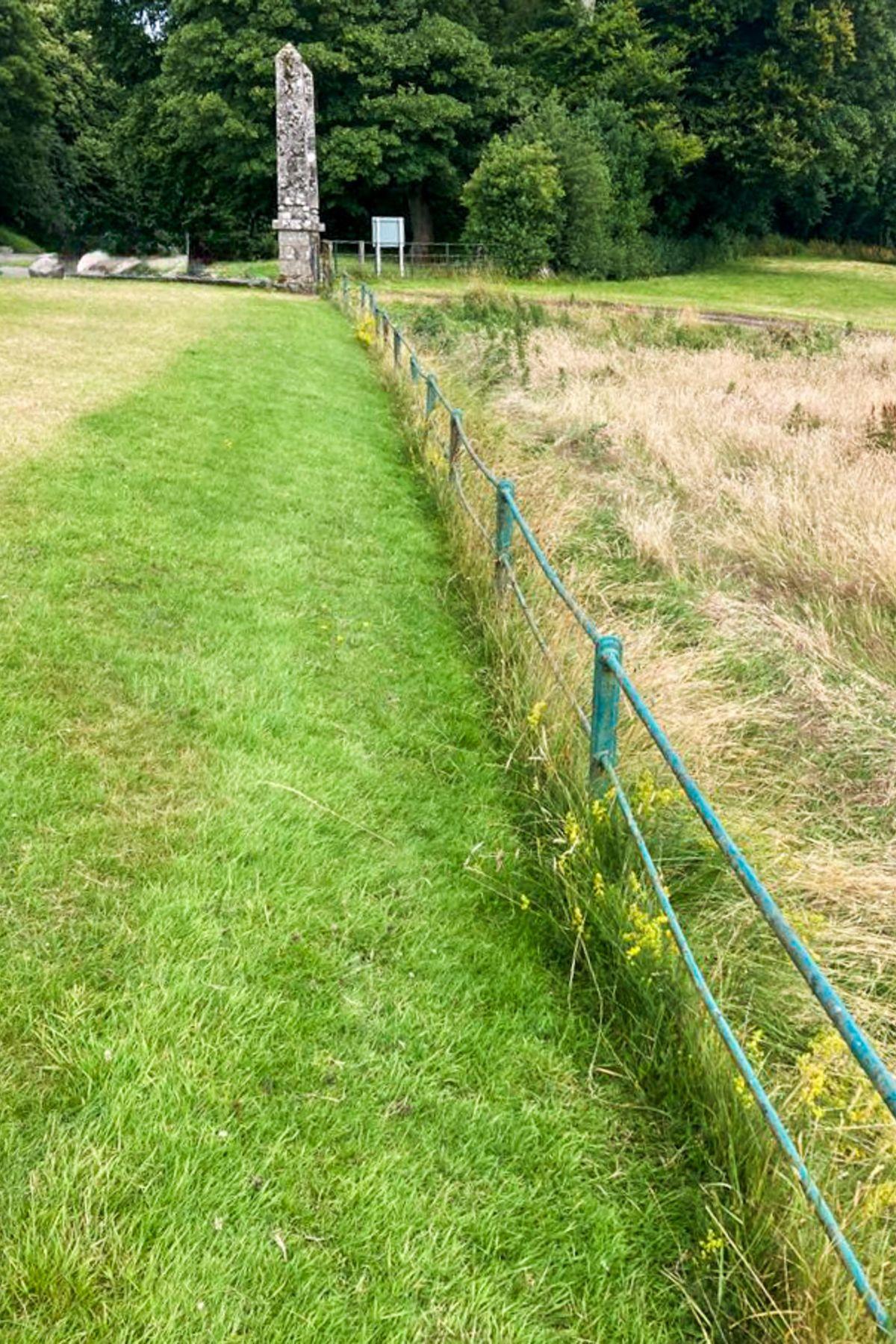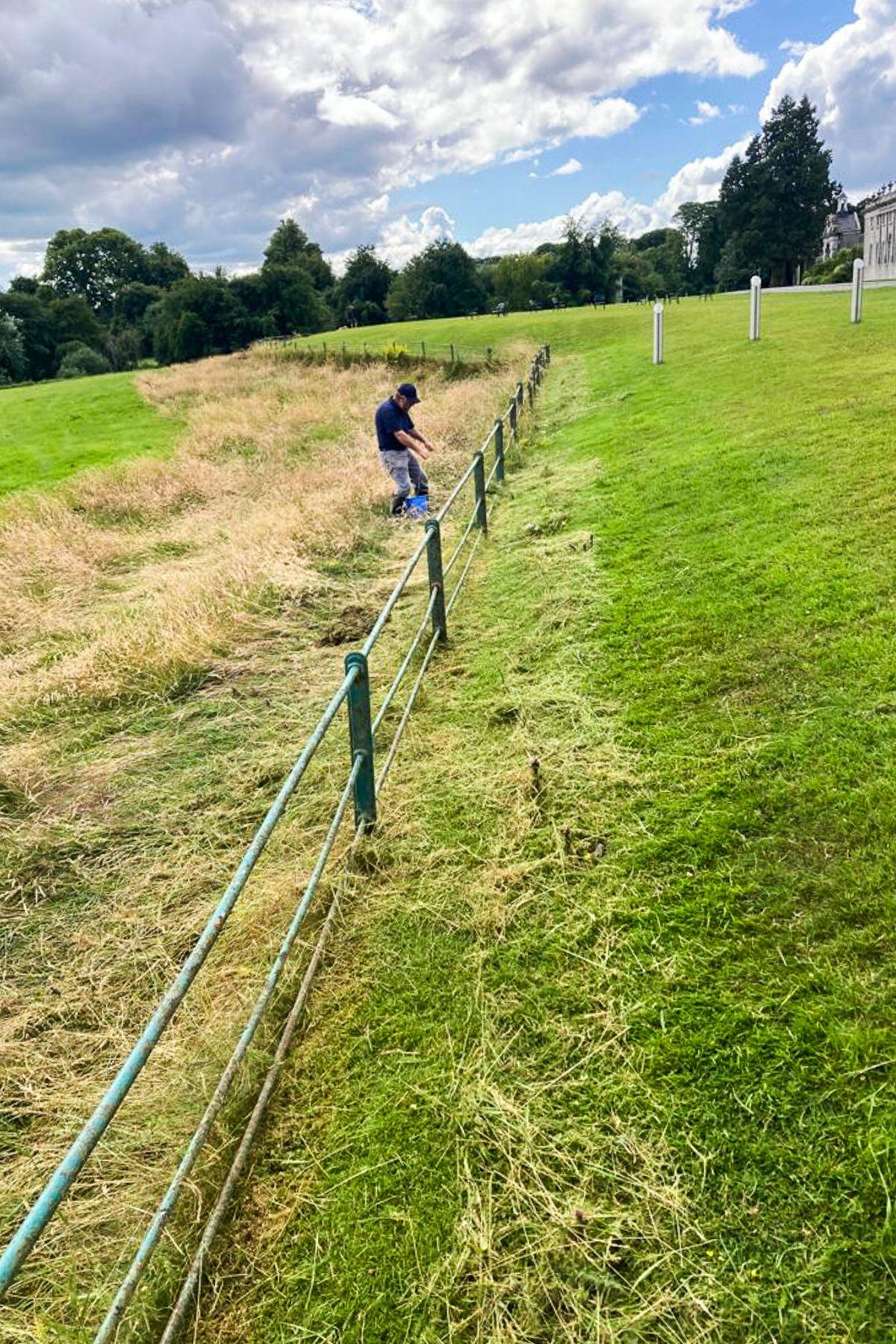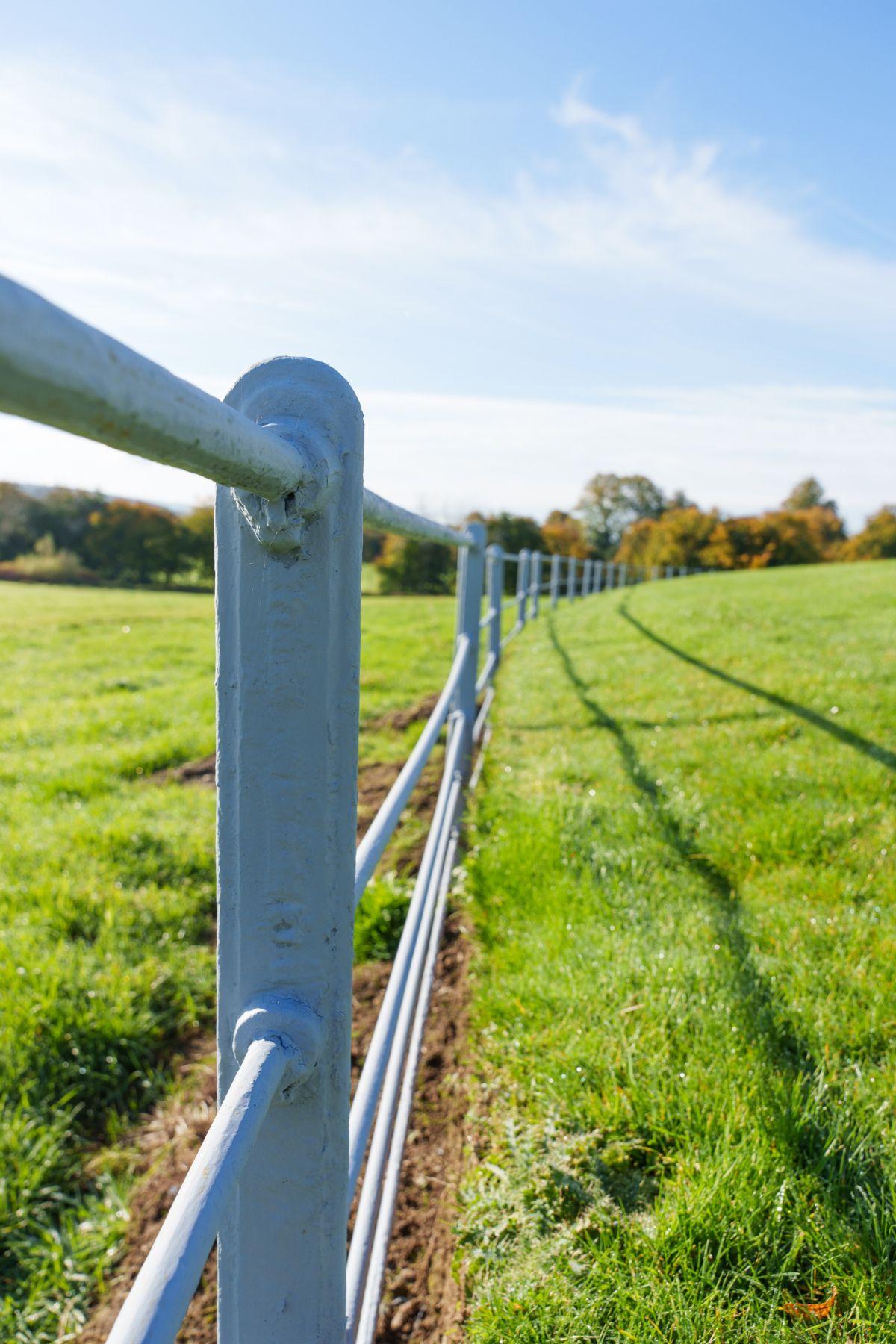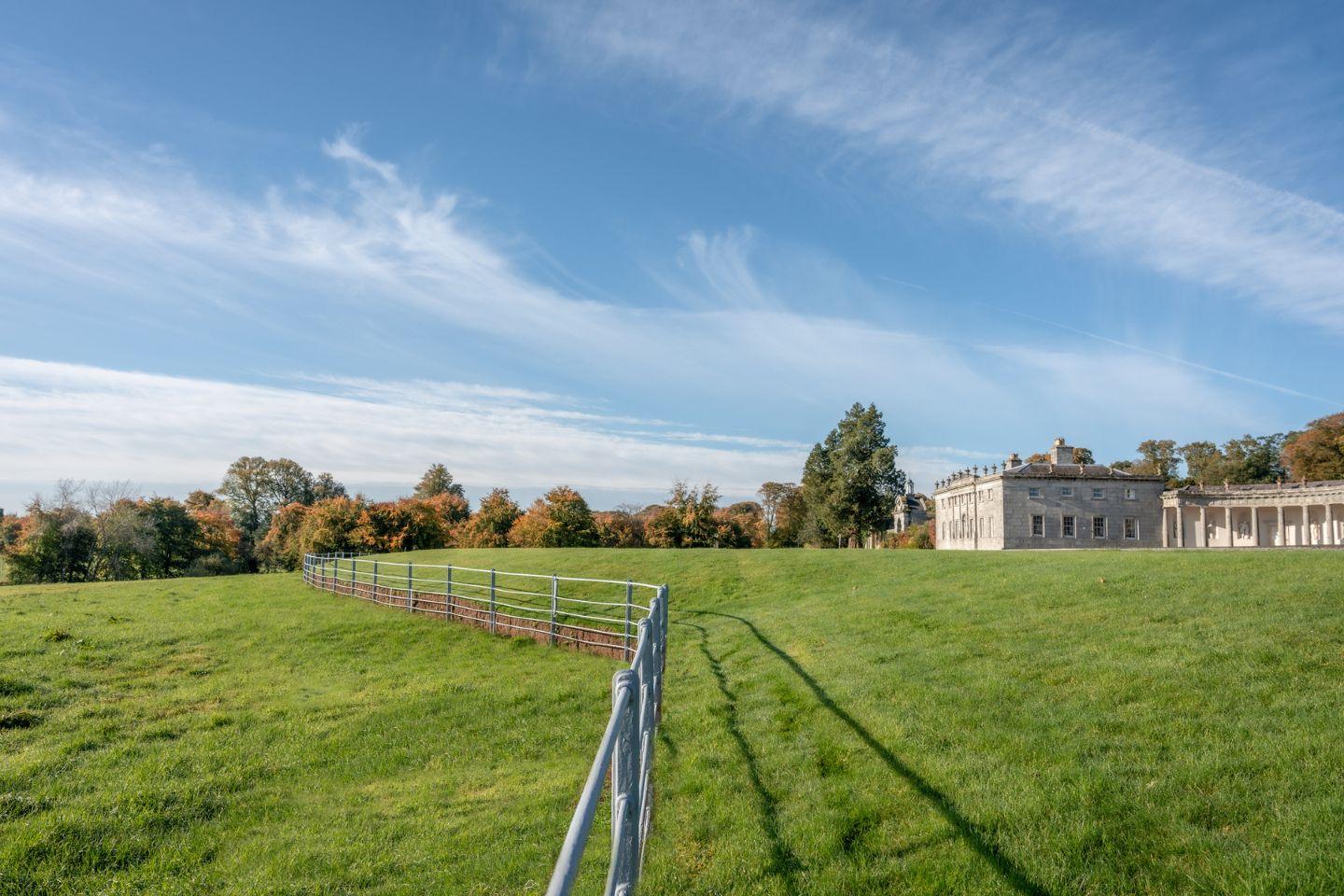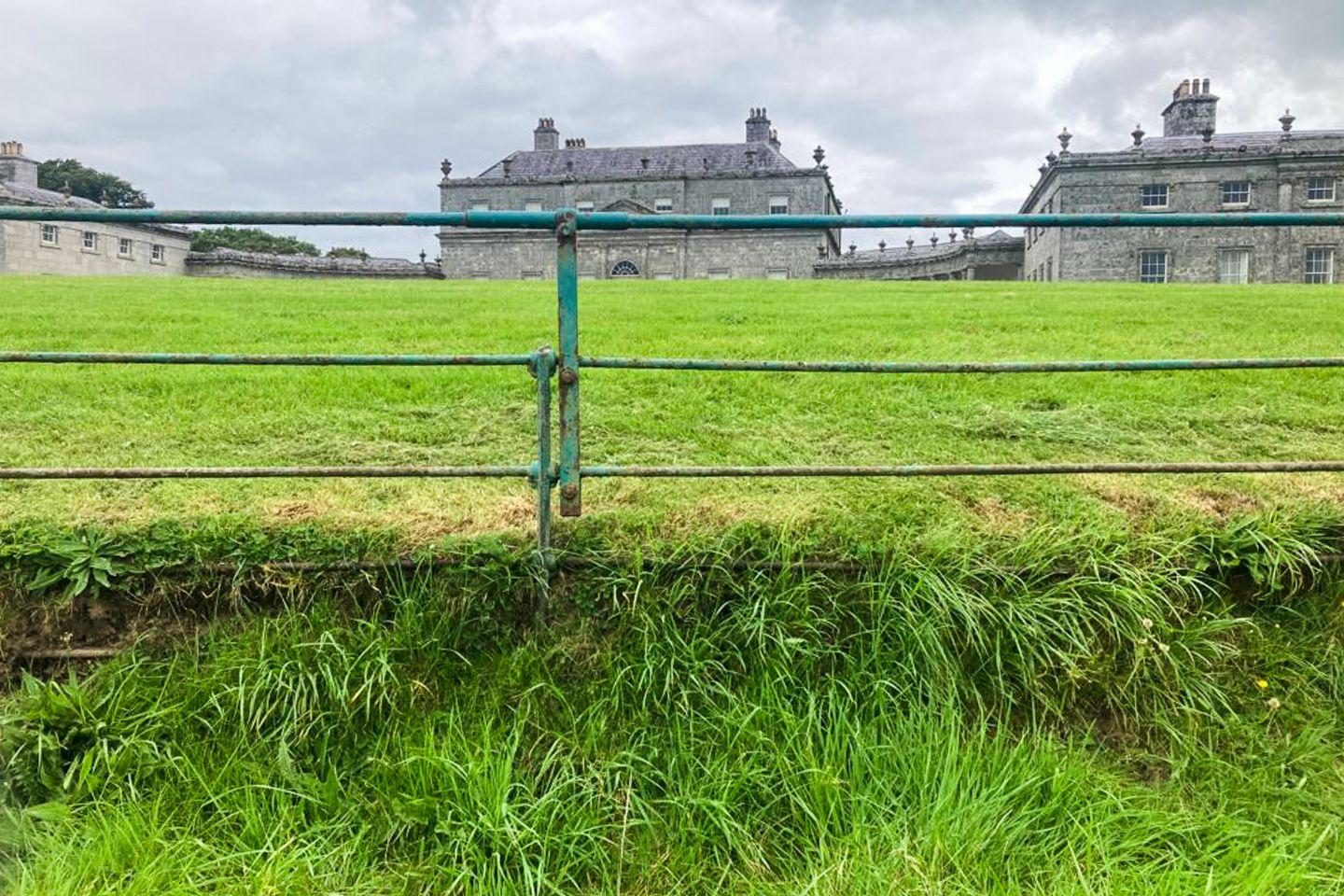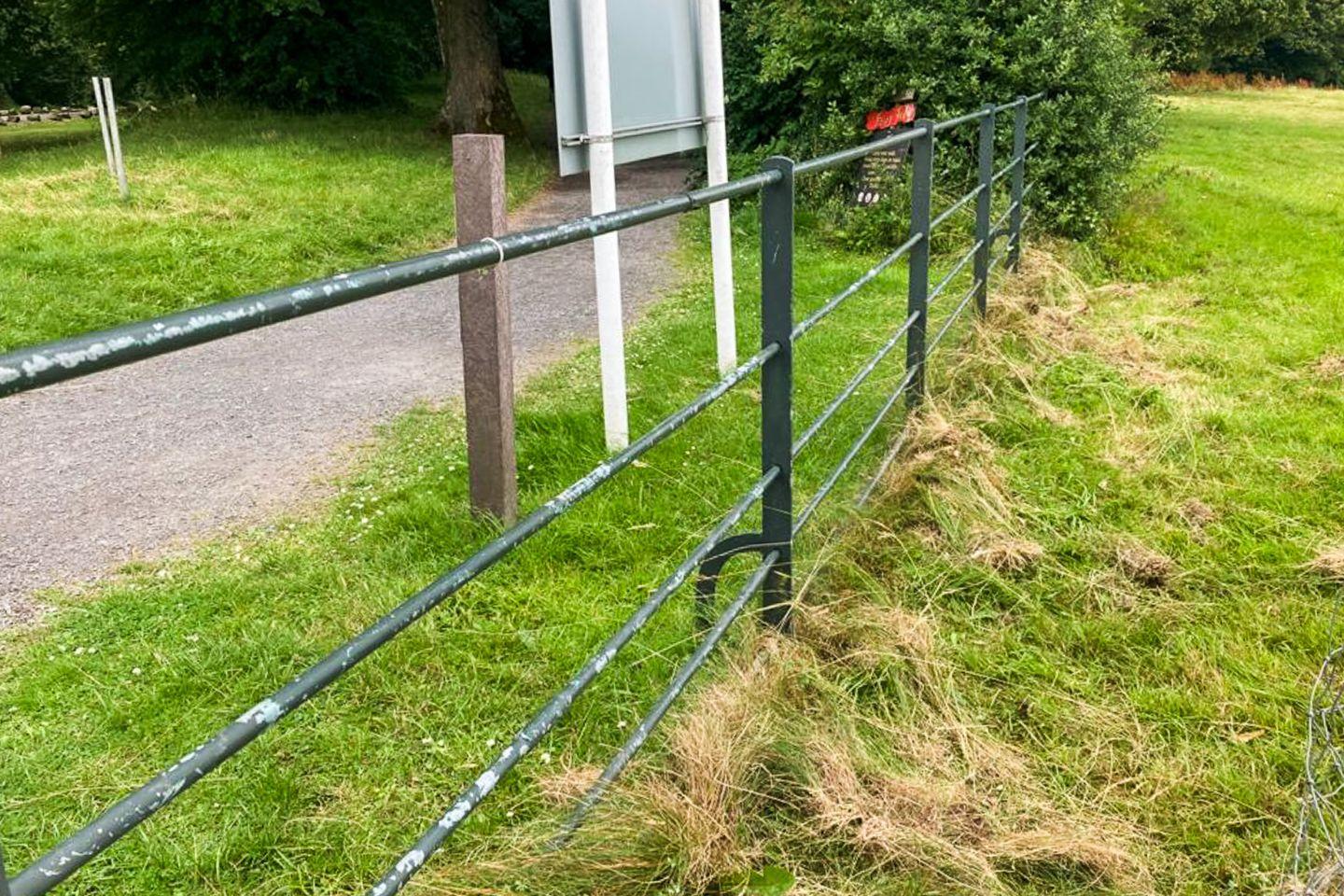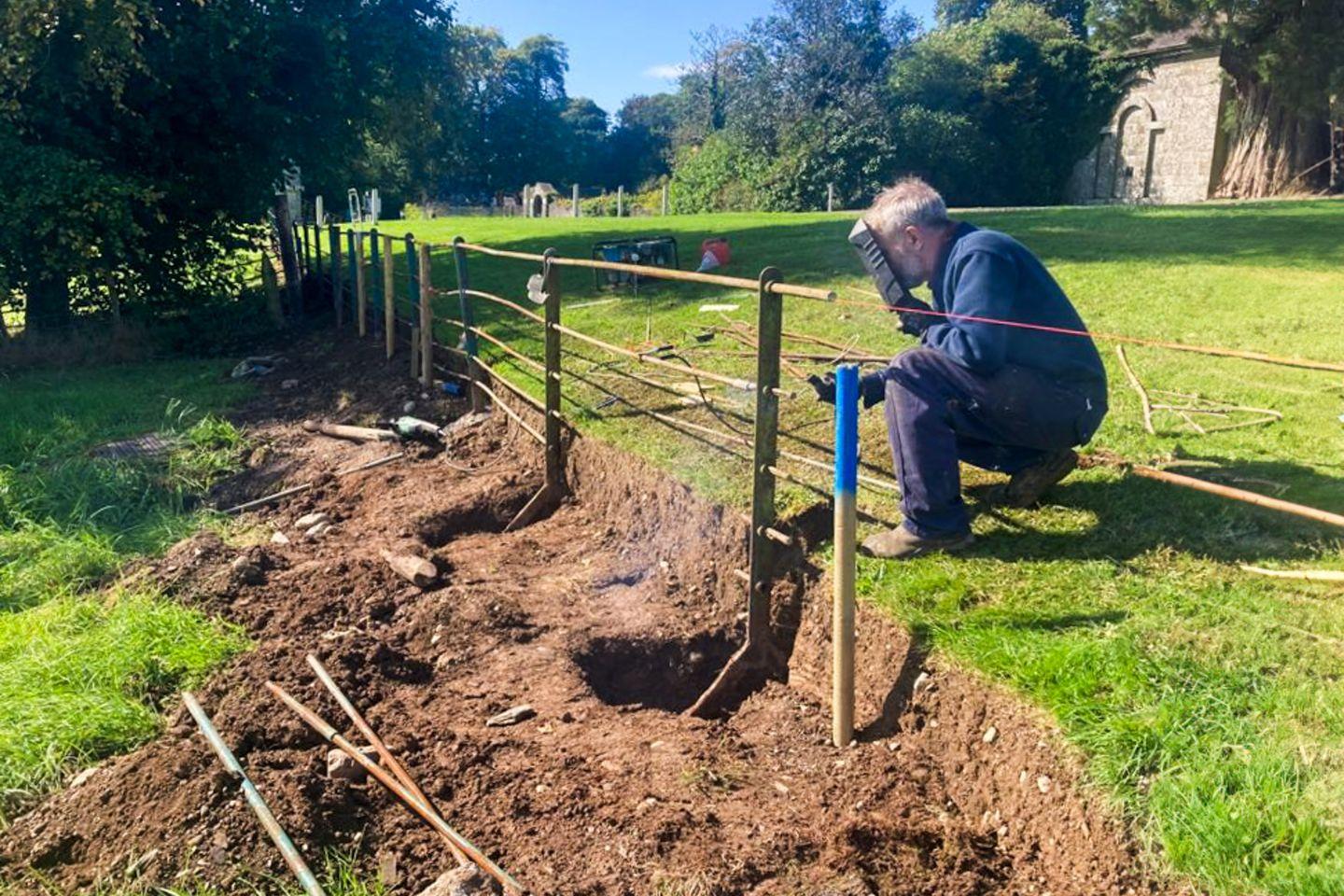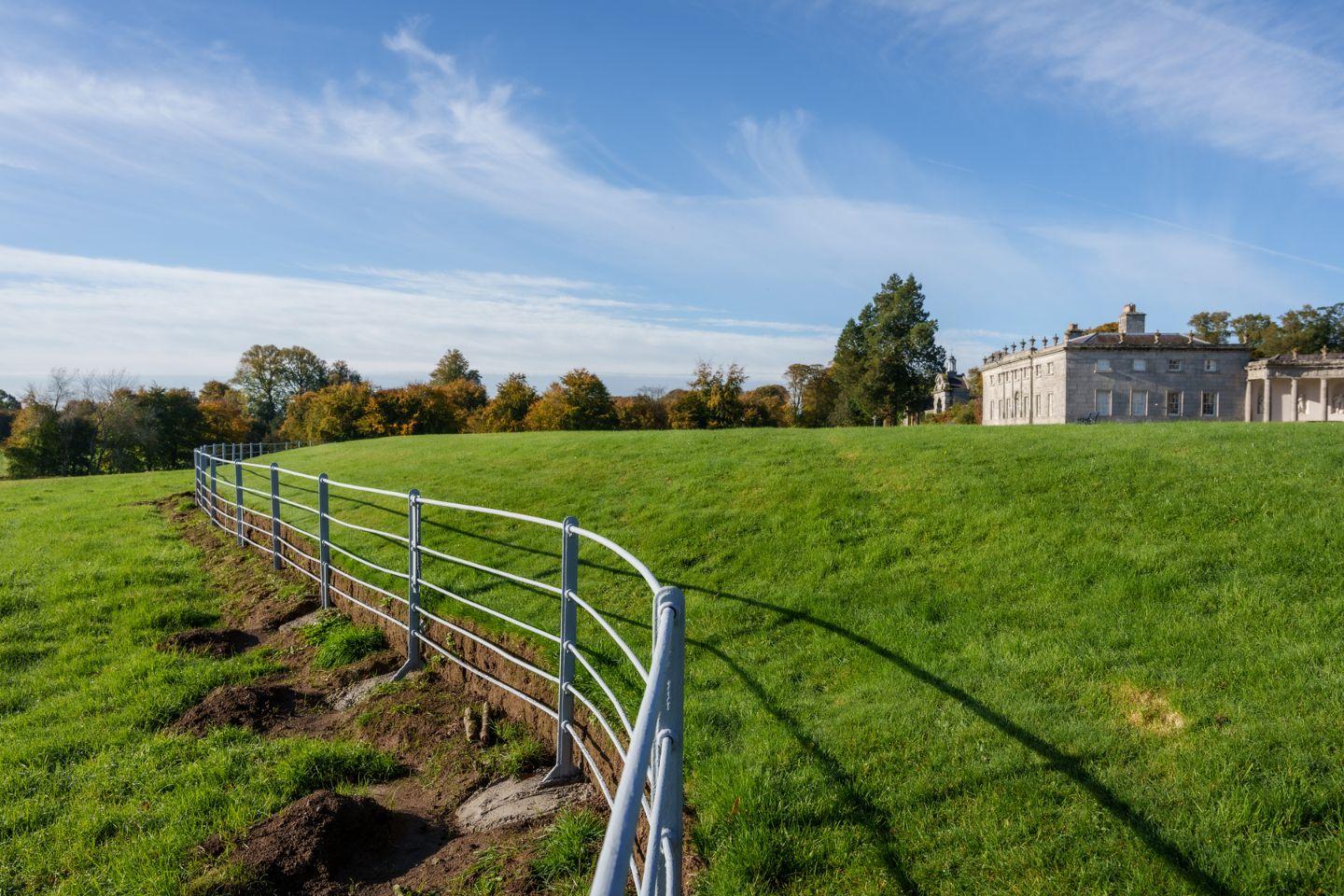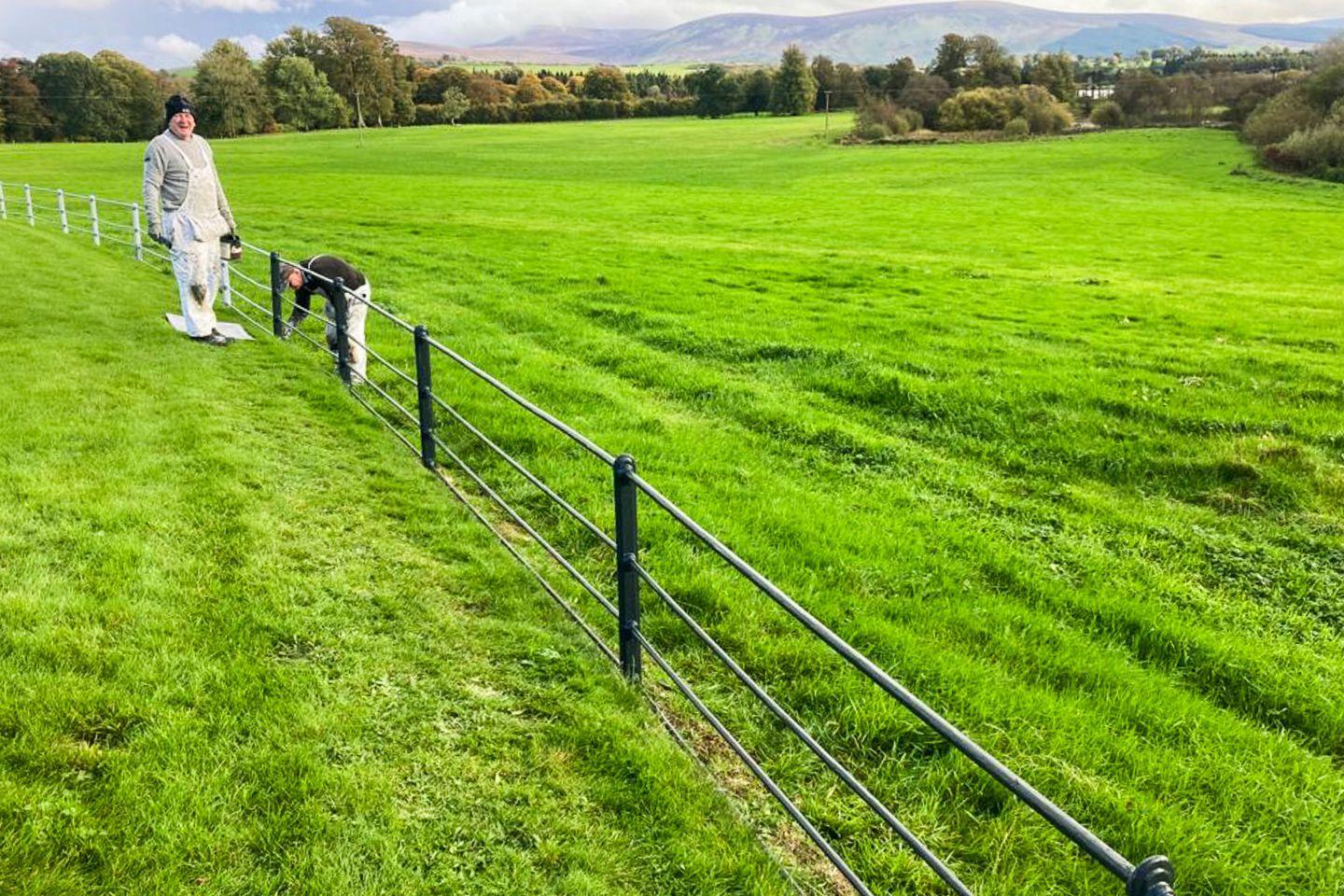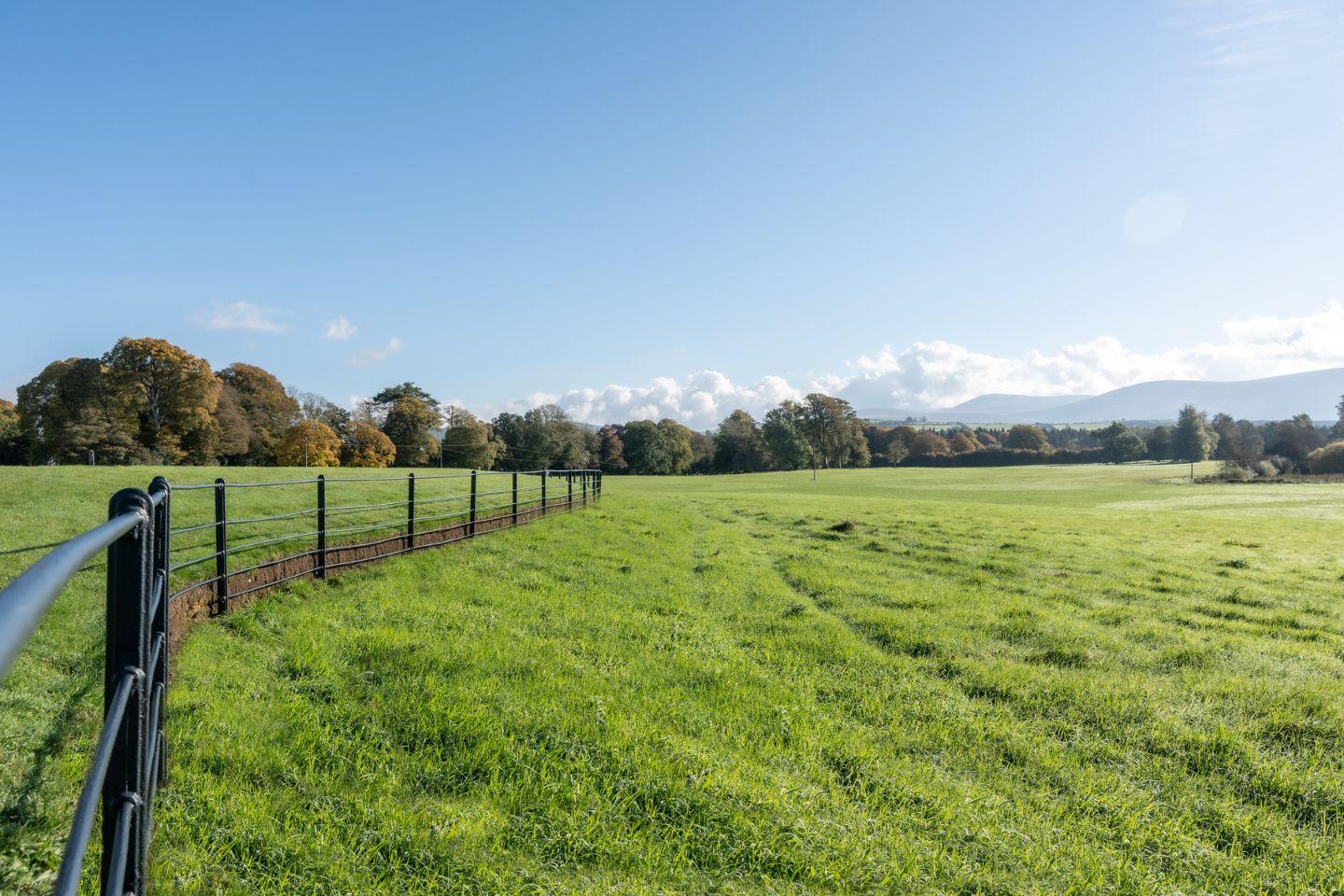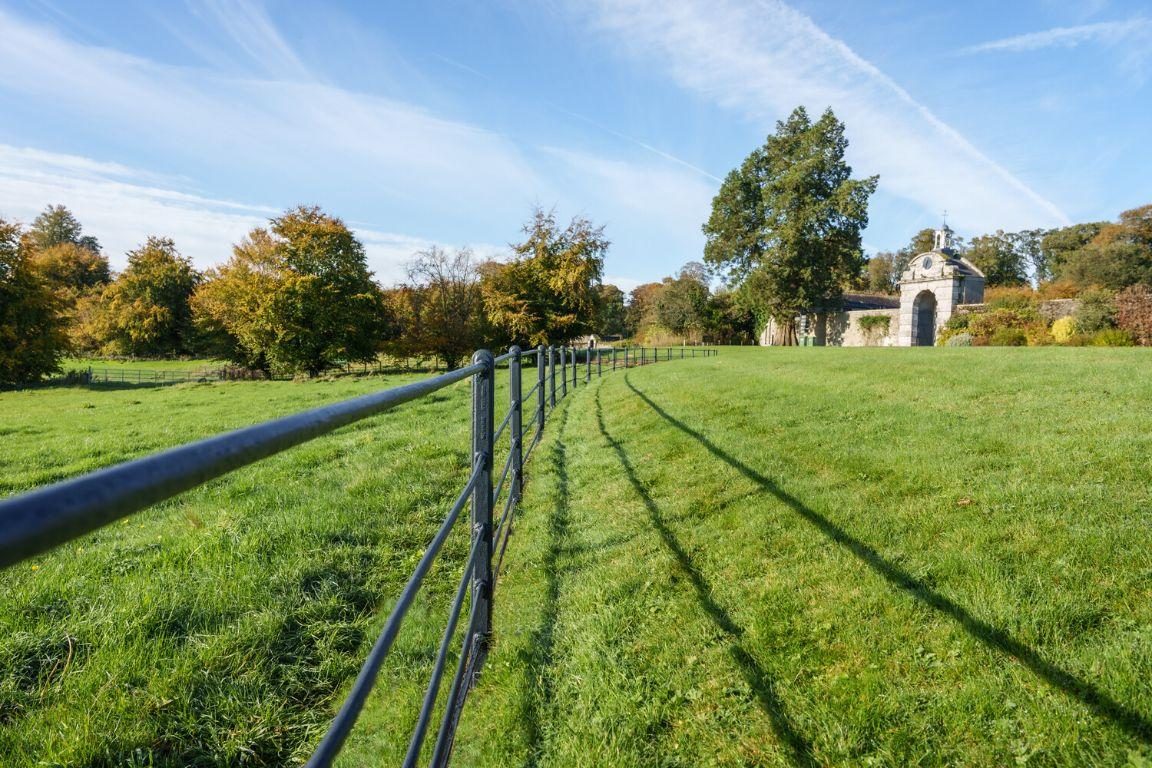
In our commitment to preserving the heritage of Russborough House and Park, we're pleased to provide you with an update on a significant project accomplished in recent months. Our focus takes us to the South Lawn, where we've undertaken a notable restoration project, highlighting our dedication to preserving the estate's historical significance.
Situated prominently in front of the Front Field, the South Lawn fence, measuring approximately 225 meters from East to West, serves as an important feature of our historic landscape. Believed to have been installed between 1810 and 1860, it is a testament to craftsmanship of the era. Historically this fence is known as a Ha-ha.
This is more than just a tale of repairs and paint; it's a journey through time and craftsmanship, and a testament to the enduring legacy of Russborough.
A ha-ha is a type of sunken fence that was commonly used in landscaped gardens and parks in the 18th century. The point of the ha-ha was to give the viewer of the garden the illusion of an unbroken, continuous rolling lawn, whilst providing boundaries for grazing livestock.
Originally a feature of formal French gardens of the early 18th century, the ha-ha was first described in print in 1709 by the gardening enthusiast Dezallier d’Argenville. According to d’Argenville – and his first English translator, John James – the ha-ha derived its name from the success of the optical illusion it created from a distance on viewers of the garden: the concealed ditch and wall would ‘surprise the eye coming near it, and make one cry, ‘Ah! Ah!’’
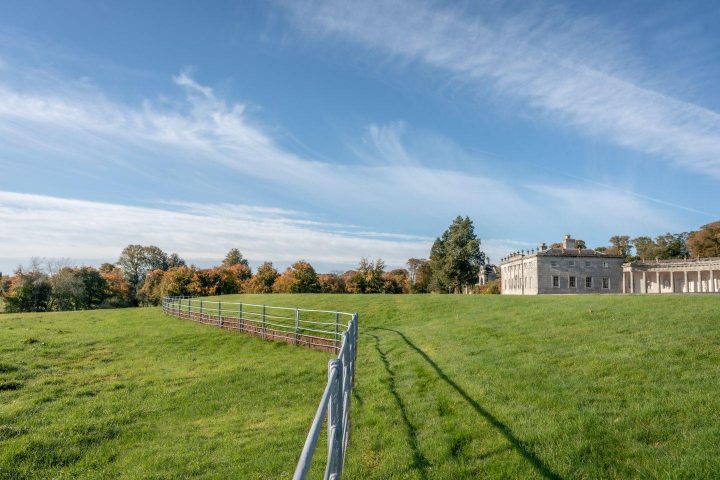
Over time, the South Lawn fence displayed signs of aging, necessitating essential maintenance. Many of the horizontal bars had become bent or separated from their cast iron uprights, and only the top three rails were visible, with the bottom two obscured beneath layers of grass and soil. A section of the fence had also been compromised due to a waste pipe installation beneath it.
Restoration Work in Progress
Our restoration initiative began by carefully removing sheep wire that had been attached to the fence. Subsequently, we proceeded to clear the grass and soil buildup from the lower rails, unveiling the fence's original structure.
Our team meticulously straightened, replaced, and welded damaged horizontal rails, ensuring the structural integrity of the fence. Similarly, damaged cast iron uprights were straightened, lifted, and levelled, or replaced as required. Uprights and rails that were beyond repair were replaced with components matching the original design.
During our quest for matching uprights, we discovered a hidden section of fencing in a field hedgerow that perfectly matched the front lawn fence, allowing us to maintain the authenticity of the original structure.
The final phase of this project, painting the fence, is currently in progress, originally painted a turquoise colour, the new paint applied is a blue black in keeping with the natural environment. Prior to this, all remnants of old paint and rust were removed. Notably, the cleaning process revealed the manufacturers' names, which provide historical context. The uprights were produced by James Sheridan, an iron foundry based in Church Street, Dublin, while the rails were manufactured by CLYDACH Ironworks in South Wales.
Based on James Sheridan's foundry operating from 1809 to 1859, it is likely that the fence was installed during this period, making it potentially 214 years old. While it may no longer retain its original pristine appearance, we have preserved its aged character and historical significance.
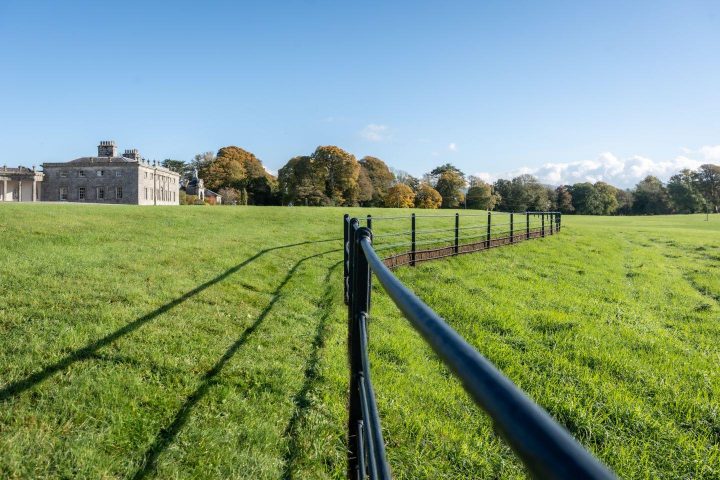
This meticulous restoration effort ensures that the iconic South Lawn fence will continue to stand as a testament to our historical heritage, promising to captivate visitors for generations. We appreciate your continued support as we safeguard the treasures of Russborough House and Park, ensuring their enduring legacy.
We look forward to updating you on our forthcoming projects as we continue our mission to preserve the essence of Russborough. Every visit to Russborough is a step back in time, and we thank you for being part of this journey.
The Alfred Beit Foundation is grateful to Wicklow County Council who facilitated this project via the Outdoor Recreation Infrastructure Scheme.
